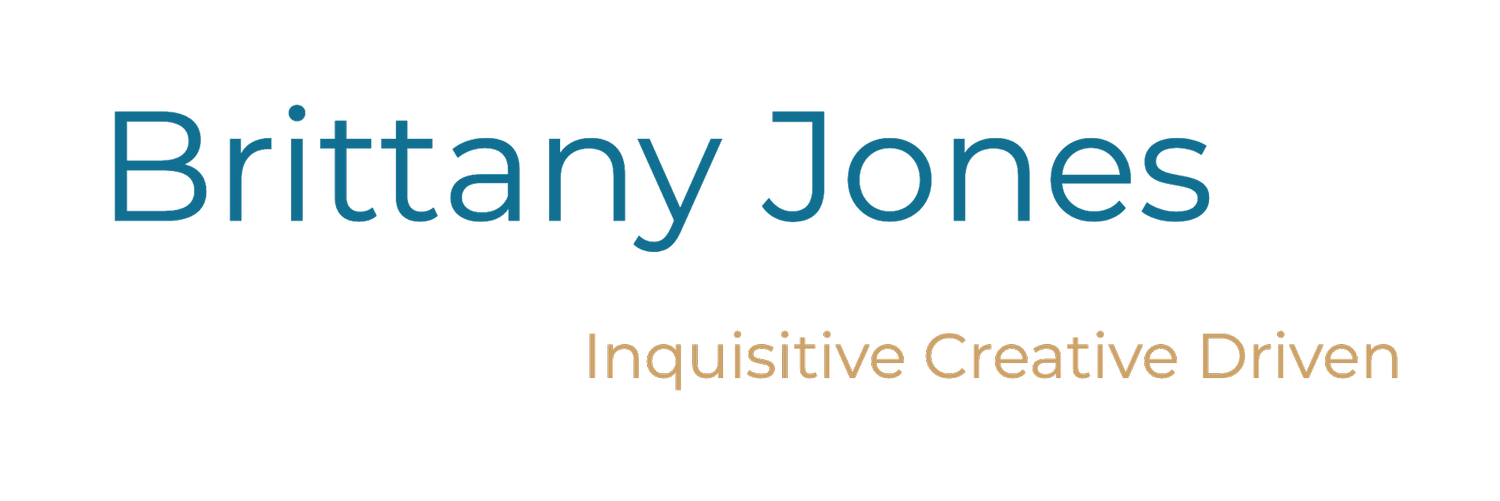Issue
When Alight received feedback that people found our menu confusing and unintuitive, we decided to do a major overhaul of the menu. Much of the feedback we got were from direct users of our platform. These people stated that it was very cumbersome to find things such as forms, deductible information, and even insurance contact information. Many said finding things they would like to see on a regular basis (like spending account balance/deposit information and time off balance) was difficult. Furthermore, after looking at our menu and comparing it with competitors, we realized that our menu did not follow traditional norms that people are used to seeing when going to a website. The entire research team had a part in the research that went into making a new menu that is live on the site today.
Process
After viewing competitor sites and go over their approach with stakeholders and leadership, we decided to that the best way to figure out how the new menu should be laid out is to do a series of tests. The first was an open card sort with 173 participants. We listed all of the menu items, asked users to place them in groups that made sense to them and then give the groups a descriptive name.
My Contribution:
Viewed and analyzed competitor menus
Created one of the card sort tests
Created survey
Analyzed findings
Shared findings with stakeholders and leadership
Once we analyzed the results, we found a commonality with many of the group names and their menu items. Because some people came up with 10 different categories, we analyzed the menu items realized that the categories could be narrowed down to three overall group names - Health & Insurance, Savings & Pension, and Work, Pay, & Time. Also, many of the groupings that people gave could be used as subcategories. With this in mind, we did another card sort where we asked participants to organize all the menu items into subcategories and asked them which overall category would these subcategories exist.
Finally, we came up with two menu variations and conducted a survey with 109 people. Half of each group looked at and completed tasks on one of the two variations. We looked at how long it took people to click a menu item, how difficult they rated each task, and which menu they preferred. Below are images of the menus that were used for testing. Concept A has divisions within each subcategory while Concept B does not.
A list of paired menu items - The darker the blue means the more frequently two terms were paired together.
Concept A
CONCEPT B
Outcome
After testing, we found that having three categories was appropriate for users. Furthermore, we found that the subcategories were helpful when users were trying to figure out where to go to complete tasks. With the survey, we were able to identify the differences in time on task with each concept. While the table below is regarding tasks on the Savings & Pensions menu, you can see that concept B (without the divisions/spaces) has less time on clicks with most tasks (except for one) and significantly higher SEQs than concept A. Because of this and findings from the rest of the study, we decided to change our menu to look like concept B. With this change came a marked decrease in calls for customer support and negative feedback on the site. Through other studies, we have seen that it is easier for people to find things from the newly designed menu.
Summary of time on task and seqS FOR Savings & pension variations
